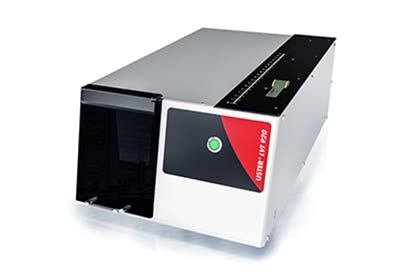Sustainability
Organic cotton? Verification is better!
The traceability of GMO-free cotton from seed to shirt
The issue of sustainability has also extended into the fashion industry. Organic cotton is trendy. This is ultimately reflected in sector turnover, which decreases by approximately 2% each year for conventional fashion, whilst increasing by 5% for sustainable clothing. According to Slow Fashion Monitor 2016, the issue of sustainability is now “important” for 73% of shoppers when purchasing clothing.
The global market shares of organic cotton are also increasing accordingly. The higher market price of raw cotton and cotton-based textiles is therefore justifiable if organic cultivation can be verified.
The Hohenstein Group has developed reliable detection methods for an essential parameter of organic cotton. Therefore, the cotton used is reliably tested for genetic modifications (GMO-genetically modified organism).
The Hohenstein detection system has been specifically optimised for textiles. Testing can be carried out on everything from raw cotton, yarns and fabrics, to ready-made end products.
Why is GMO testing helpful?
Organic cotton requires, amongst other things, the exclusion of genetically modified plants. Despite this, genetic modifications are repeatedly found in textiles that are labelled organic. Reasons for this range from contaminated seeds, to cross pollination during cultivation, through to contamination of cotton fibres during processing.


Who would benefit from GMO screening?
- Brands and manufacturers that offer organic cotton products
- Certification organisations labelling cotton as organic
- Consumer protection agencies
How do we test cotton textiles?
Hohenstein GMO testing contains two steps. The sample is crushed beforehand. The cotton fibres are then mechanically and enzymatically broken down. The genetic material (DNA) is separated from the fibres and purified through a multi-stage process.
If a specific target sequence (marker gene) is found in the DNA, that indicates a genetic modification. Thus, molecular biological evidence is obtained. Control reactions serve to verify unaltered cotton DNA and to also exclude false-negative results.
Thanks to Hohenstein GMO testing, textile companies, retailers and ultimately consumers are reassured that end products are indeed manufactured from organic cotton.
